1. Supply Chain Management
RFID tags have revolutionized supply chain management by providing real-time tracking of products from manufacturing through delivery, greatly improving inventory management and reducing losses due to theft or misplacement.

Supply Chain Management Before RFID
Supply chain management often relied on manual inventory tracking, leading to inaccuracies, delays in updating records, and inefficiencies in warehouse operations. This manual process was time-consuming and prone to human error, making it difficult to manage inventory levels accurately or predict supply needs.
Supply Chain Management After RFID
With RFID technology, inventory can be tracked in real time as items move through the supply chain, from manufacturing to delivery. This has significantly increased accuracy and efficiency, reduced losses, and enabled just-in-time inventory practices. The automation of inventory tracking has also streamlined warehouse operations, reducing the need for manual counts and improving the overall speed of the supply chain.
2. Contactless Payments
The development of contactless payment methods, such as credit and debit cards equipped with RFID chips, allows for faster and more secure transactions without the need for physical contact or swiping.
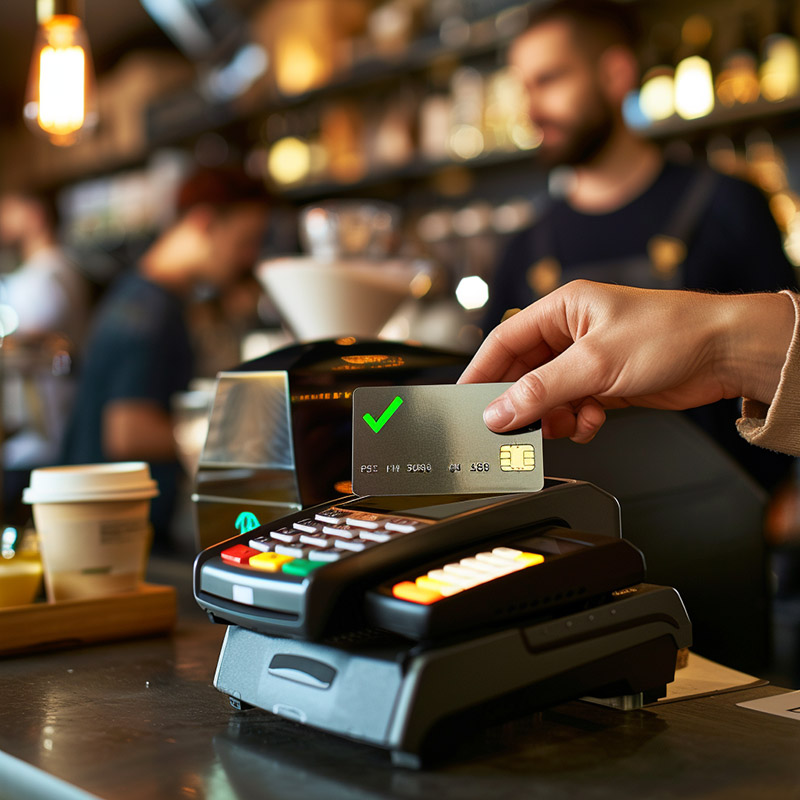
Payments Before RFID
Traditional payment methods required physical contact, either through swiping a magnetic stripe card or inserting a chip card into a reader, followed by entering a PIN or signing a receipt. This process was slower and less secure, as magnetic stripe cards are susceptible to skimming and cloning.
Payments After RFID
RFID has enabled the widespread adoption of contactless payments, allowing transactions to be completed with a simple tap of a card or smart device. This has not only sped up the checkout process but also enhanced security through encrypted data transmission and the elimination of the need to physically hand over a card to a cashier, reducing the risk of fraud.
3. Smart Passports
RFID technology has been integrated into passports to store biometric data, enhancing security and streamlining the immigration process by allowing for faster verification and entry at border controls.
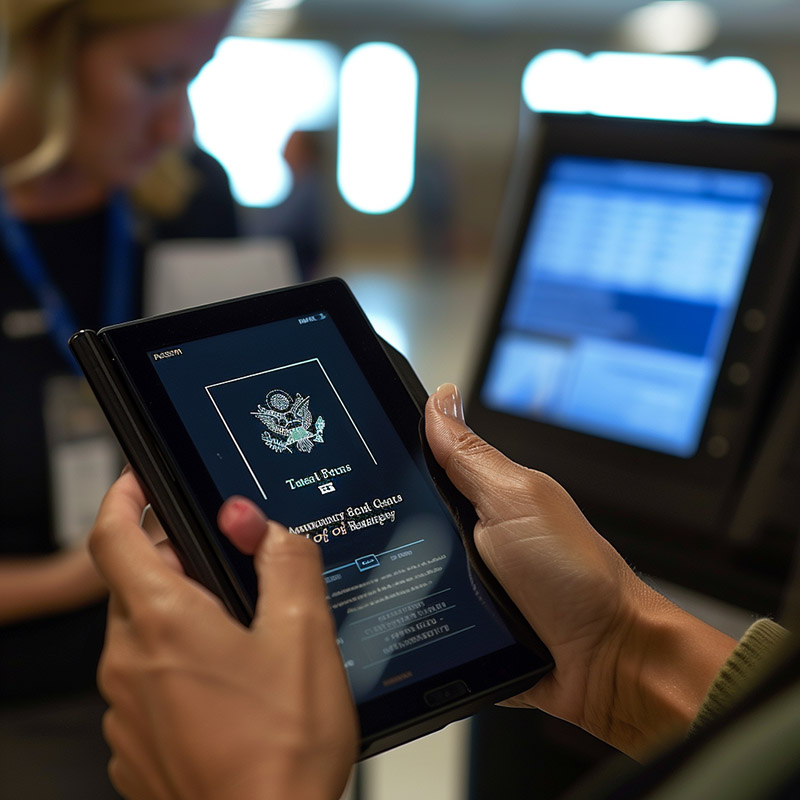
Passports Before RFID
Passports contained only visual identification and handwritten or printed information, making the process of verifying travelers' identities at border controls slower and more susceptible to fraud through forged documents.
Passports After RFID
Smart passports embedded with RFID chips store biometric data, such as fingerprints and facial recognition information, significantly enhancing the security of international travel. Automated passport control systems can quickly read this data, speeding up immigration processes and reducing the potential for identity theft and fraud.
4. Retail Inventory Management
Retailers use RFID tags to manage inventory more efficiently, enabling automatic stock updates, reducing checkout times with RFID readers, and enhancing the customer shopping experience through smart fitting rooms and personalized recommendations.
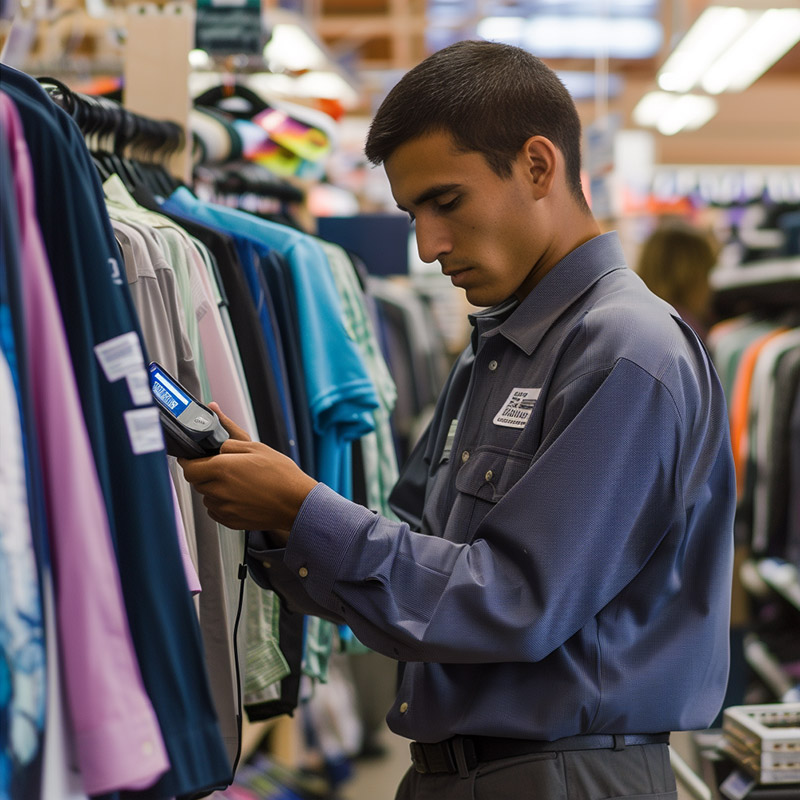
Inventory Management Before RFID
Retailers manually checked stock levels and updated inventory, a process that was often infrequent and inaccurate. This led to stock discrepancies, overstocking or stockouts, and a lack of visibility into real-time inventory levels.
Inventory Management After RFID
RFID tags allow for automatic updating of inventory as items move on and off the shelves, providing retailers with real-time visibility into stock levels. This has improved inventory accuracy, reduced losses from theft, and enabled personalized customer experiences, such as smart fitting rooms and efficient online order fulfillment from in-store inventory.
5. Asset Tracking
In industries such as healthcare, construction, and logistics, RFID tags are used to track the location and status of expensive equipment or assets, reducing the risk of loss and improving operational efficiency.
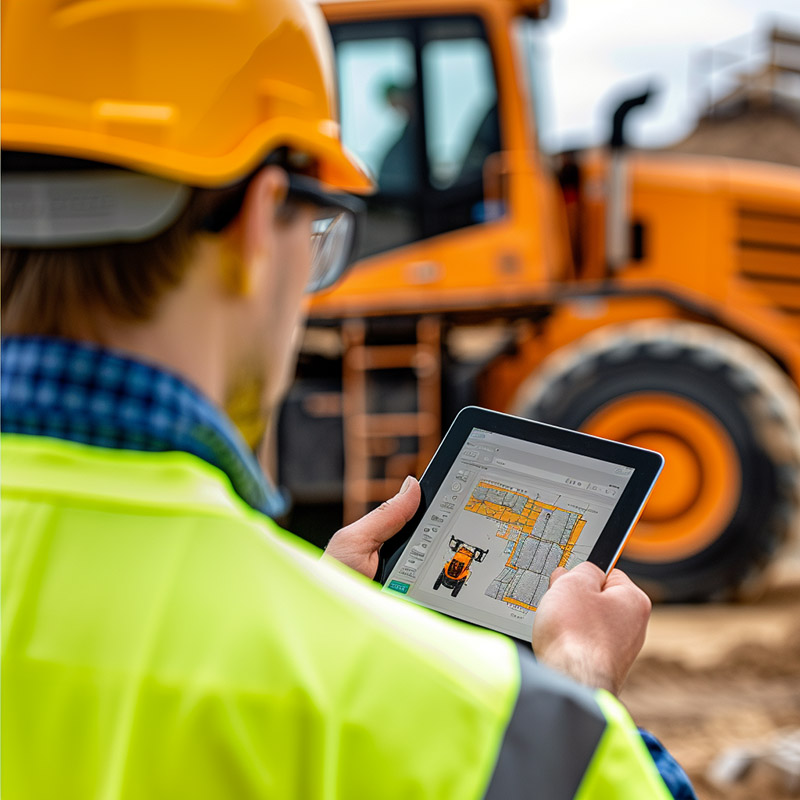
Asset Tracking Before RFID
Tracking the location and status of assets in industries like healthcare, construction, and logistics was challenging and often relied on manual logs. This made it difficult to prevent asset loss, theft, or misuse and to optimize the use of equipment.
Asset Tracking After RFID
With RFID technology, assets can be tracked in real time, significantly reducing the risk of loss and improving operational efficiency. This technology has enabled better asset utilization, preventive maintenance scheduling, and has provided valuable data on asset lifecycles.
6. Automated Toll Collection
RFID tags in vehicles allow for automatic toll payment on highways and bridges, reducing traffic congestion and eliminating the need for manual toll booths.
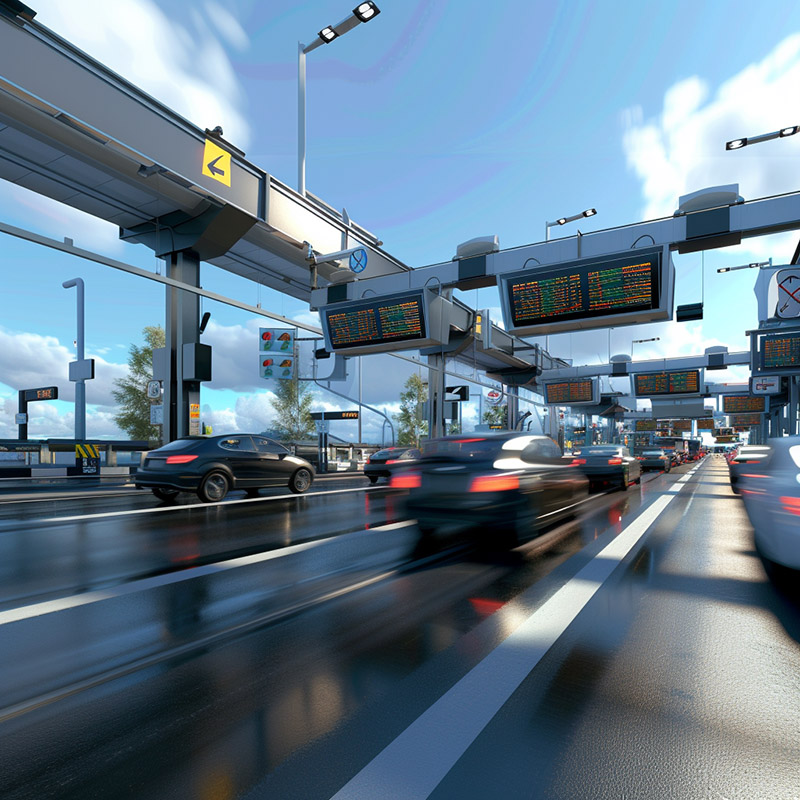
Toll Collection Before RFID
Toll collection required vehicles to stop and pay at toll booths, leading to congestion, increased travel time, and pollution from idling engines.
Toll Collection After RFID
RFID tags in vehicles allow for the automatic deduction of toll charges as vehicles pass through toll points without stopping. This has significantly reduced congestion at toll plazas, improved traffic flow, and decreased emissions from idling vehicles.
7. Smart Agriculture
RFID technology is used in agriculture for tracking livestock health, location, and feeding patterns, contributing to more efficient farm management and animal welfare.
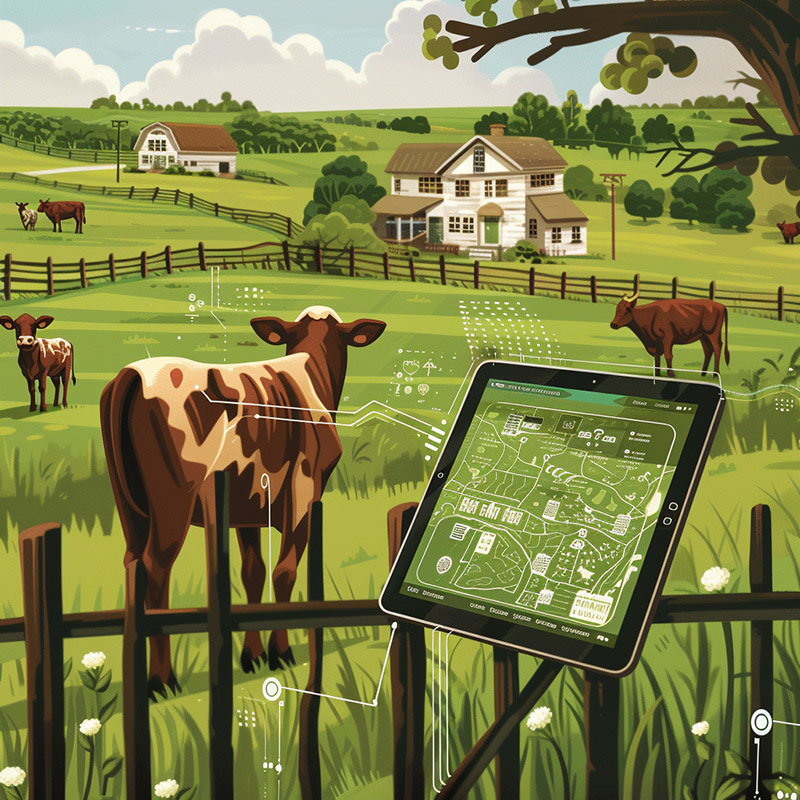
Agriculture Before RFID
Farmers manually monitored livestock and crops, which was labor-intensive and less precise, making it difficult to optimize the health and productivity of farm operations.
Agriculture After RFID
RFID tags on livestock and sensors in crops allow for automated monitoring of health, location, and environmental conditions. This has led to more efficient farm management, improved animal welfare, and increased crop yields through precision agriculture practices.
8. Access Control Systems
RFID cards and fobs are widely used for secure access to buildings, rooms, and even computer systems, replacing traditional keys and enhancing security through encrypted data on the RFID chip.
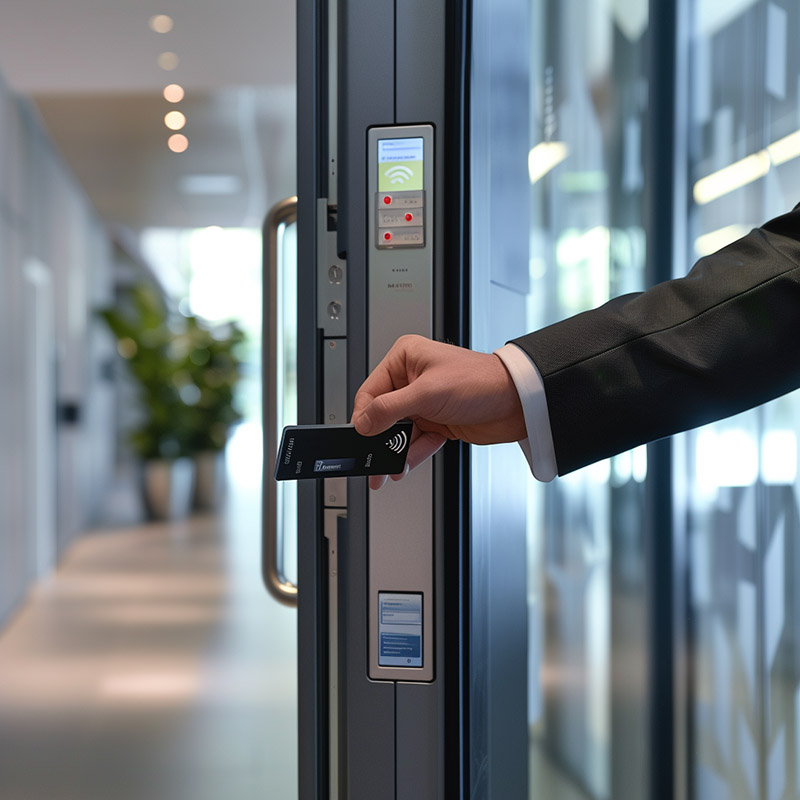
Access Control Before RFID
Physical keys or manual sign-in processes were used for access control, which could be insecure (keys can be copied or lost) and inefficient (time-consuming manual processes).
Access Control After RFID
RFID cards and key fobs allow for secure, efficient access control to buildings and rooms. This technology has enhanced security by making it easier to deactivate lost tags and to monitor access, improving both convenience and safety.
9. Medical Patient Tracking
Hospitals use RFID wristbands to monitor patients' movements, manage their records, and ensure that they receive the correct medications and treatments, improving patient safety and care.
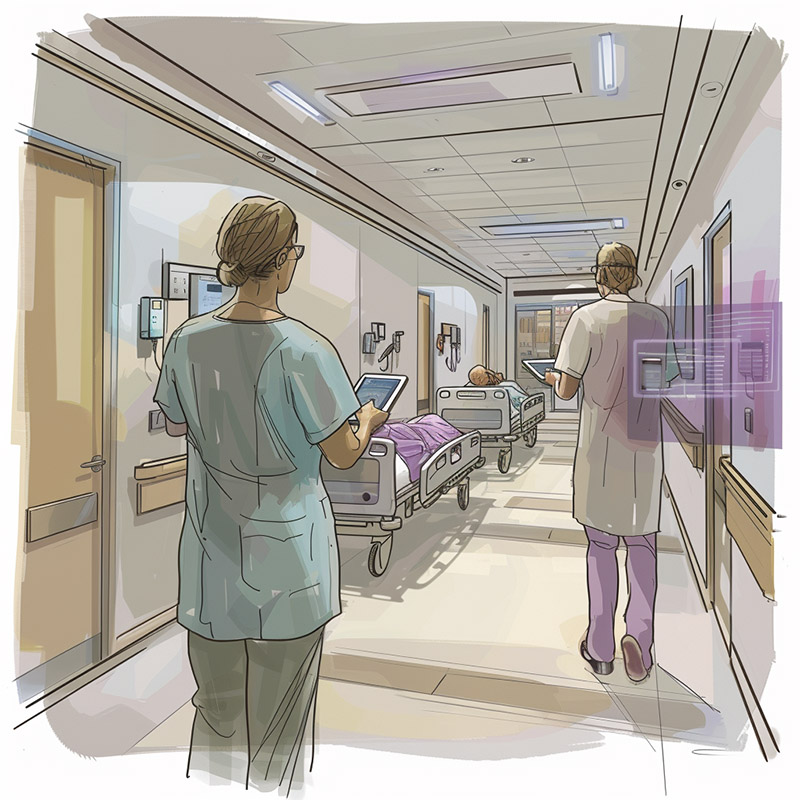
Patient Tracking Before RFID
Patient tracking and record management in hospitals were primarily paper-based, leading to inefficiencies, potential for errors, and delays in accessing patient information.
Patient Tracking After RFID
RFID wristbands for patients enable real-time tracking of their location within a facility and instant access to their medical records. This has improved patient safety, streamlined hospital operations, and ensured that patients receive timely and accurate care.
10. Event Management
RFID wristbands are increasingly used at festivals, concerts, and conferences for access control, cashless payments, and social media integration, enhancing the attendee experience while providing organizers with valuable data on attendee behavior.

Event Management Before RFID
Event entry, payment, and engagement relied on paper tickets, cash transactions, and manual check-ins, leading to long lines, potential for fraud, and a lack of actionable data on attendee behavior.
Event Management After RFID
RFID wristbands have transformed event management by enabling quick entry scans, cashless payments, and interactive engagements. This has improved the attendee experience, reduced wait times, and provided organizers with valuable insights into event dynamics and attendee preferences.